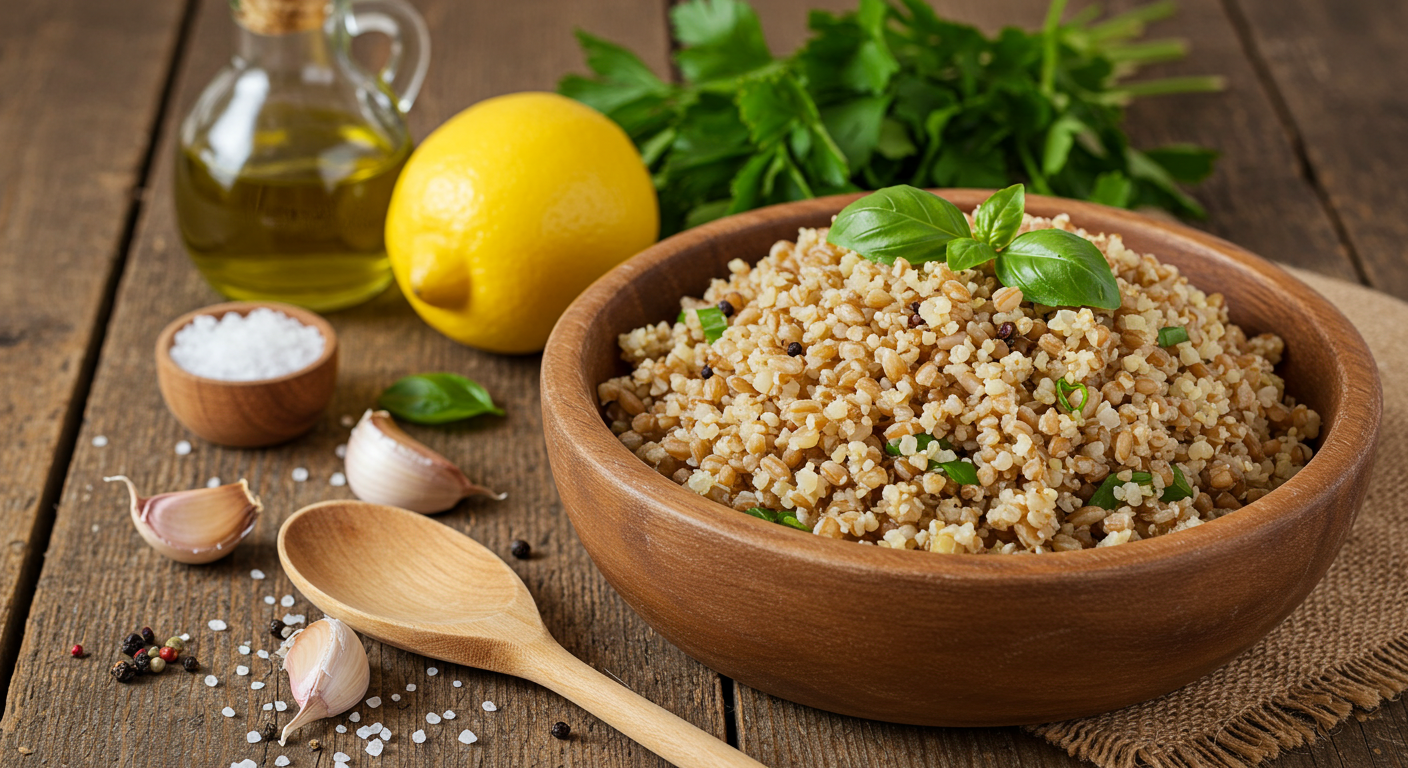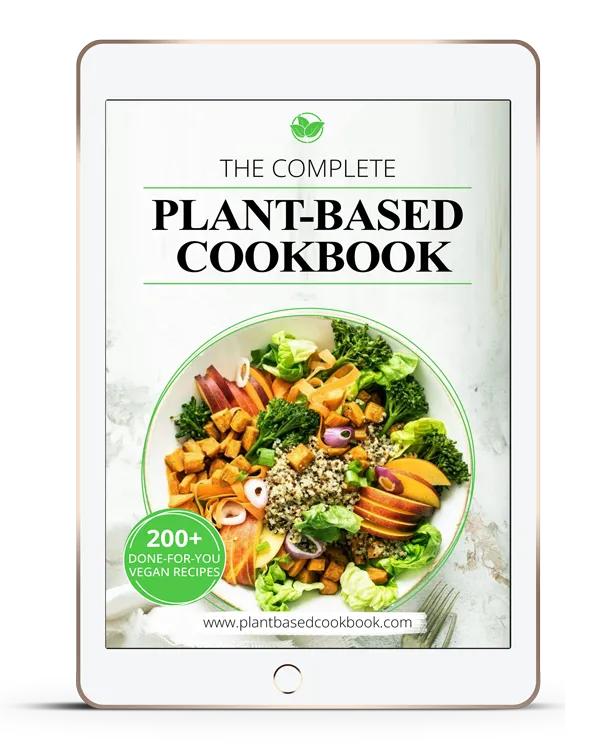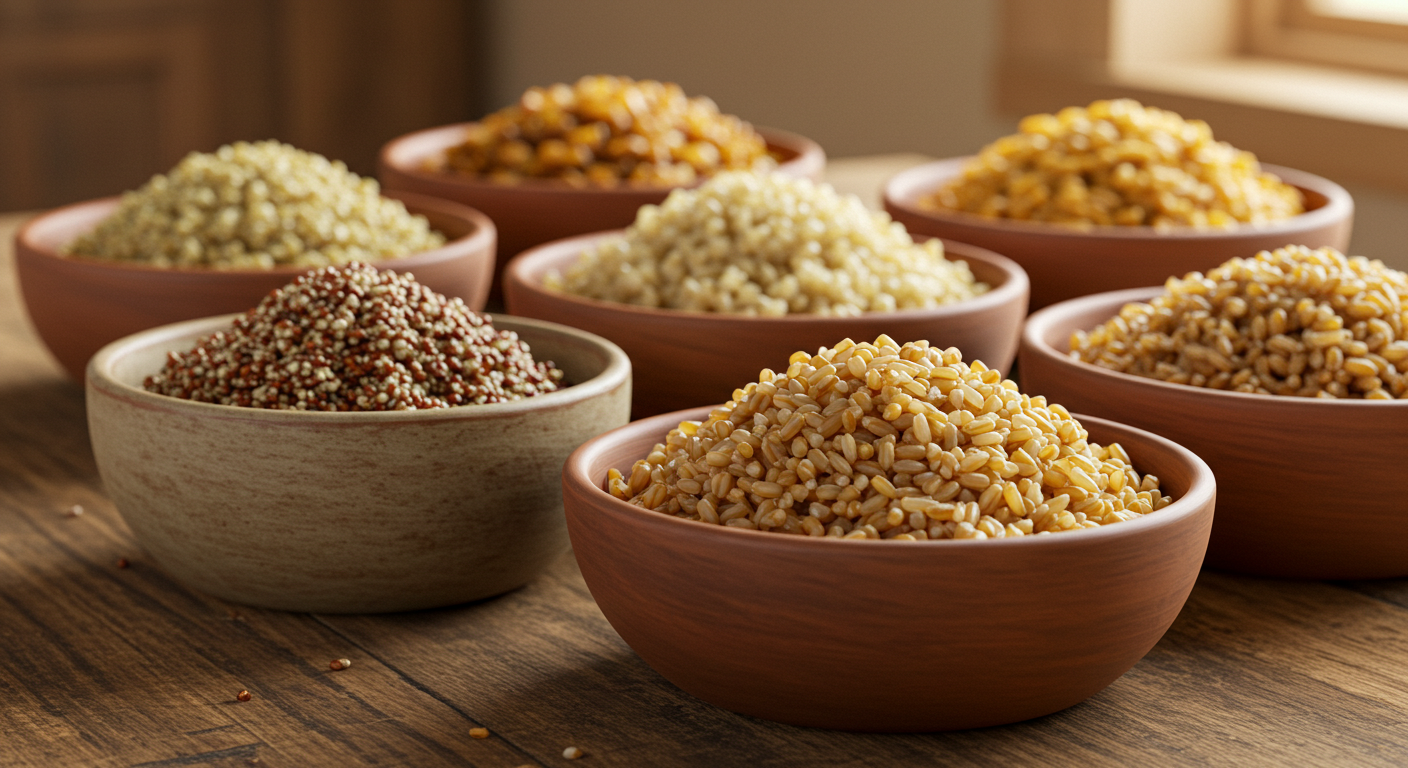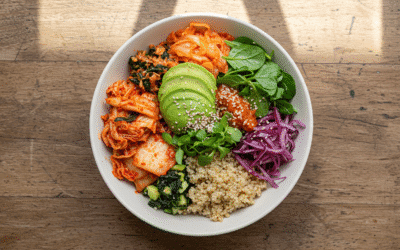Whole grains are one of the most affordable, nutritious, and versatile staples in any kitchen. But cooking them can feel intimidating — mushy quinoa, undercooked rice, soggy farro. The truth is, once you know the basic ratios and a few essential techniques, learning how to cook grains becomes simple and consistent.
This guide covers the best way to prepare common grains like quinoa, brown rice, farro, bulgur, barley, and millet, so you can get them right every single time — no guessing, no waste.
Why whole grains matter
Whole grains are rich in fiber, vitamins, minerals, and plant-based protein. They digest slowly, keep you full longer, and support healthy blood sugar levels. Plus, they’re incredibly adaptable — you can use them in salads, soups, bowls, breakfasts, or as a side for any meal.
Learning how to cook grains at home also means avoiding packaged, instant versions that often include preservatives or excess sodium.
Basic principles for cooking grains
- Rinse first: Most grains benefit from a quick rinse to remove surface starch or bitterness (especially quinoa).
- Use the right water-to-grain ratio: Each grain has a specific absorption rate. Too much water and you’ll get soup; too little and it’ll burn.
- Simmer gently: Bring to a boil, then reduce heat and cover tightly. Don’t lift the lid too often — steam is your friend.
- Let it rest: After cooking, turn off the heat and let grains sit, covered, for 5–10 minutes. This helps them finish steaming and become fluffy.
Grain-by-grain cooking chart
| Grain | Water Ratio | Cooking Time | Rest Time | Tips |
|---|---|---|---|---|
| Quinoa | 1 cup quinoa to 2 cups water | 15 minutes simmer | 5 minutes | Rinse thoroughly to remove bitterness. Fluff with a fork. |
| Brown rice | 1 cup rice to 2¼ cups water | 45–50 minutes simmer | 10 minutes | Keep heat very low and lid tightly closed for even cooking. |
| Farro | 1 cup farro to 3 cups water | 25–30 minutes simmer | Drain excess water | Use like pasta — boil and strain. Pearled farro cooks faster. |
| Bulgur | 1 cup bulgur to 2 cups boiling water | No cooking needed for fine/medium grind — soak 20–25 min | — | Great for tabbouleh and grain salads. |
| Barley | 1 cup barley to 3 cups water | 40–50 minutes simmer | — | Chewy and nutty, perfect in soups or with roasted veggies. |
| Millet | 1 cup millet to 2½ cups water | 20–25 minutes simmer | — | Toast in dry pan before adding water for nuttier flavor. |

Batch cooking and storage
Cooked grains store well in the fridge for up to 5 days and can also be frozen in portions. Batch cook on Sundays and use throughout the week for fast, balanced meals.
Ideas to enjoy cooked grains:
- Add to soups or stews for texture and nutrition.
- Use as a base for grain bowls or salads.
- Mix with roasted veggies and fresh herbs for quick lunches.
- Reheat with a splash of milk and cinnamon for a comforting breakfast.
Recommended product
This multi-function rice and grain cooker simplifies everything. It adjusts time and temperature automatically, and works for rice, quinoa, oatmeal, and more — ideal for consistent results with zero effort.
Why this matters
Once you learn how to cook grains correctly, they stop being bland or intimidating and become the heart of your healthy meals. They’re cost-effective, filling, and endlessly versatile — and now, they’ll be perfectly cooked every time.
For more ideas on whole food meals, check out our guide on how to make the perfect smoothie bowl, another easy, nutritious way to enjoy whole ingredients daily.






